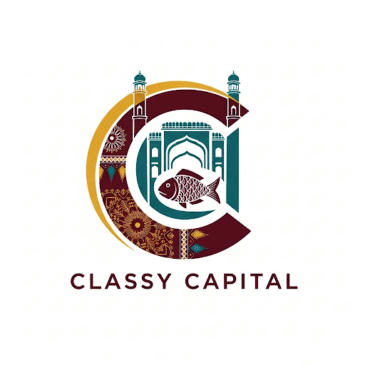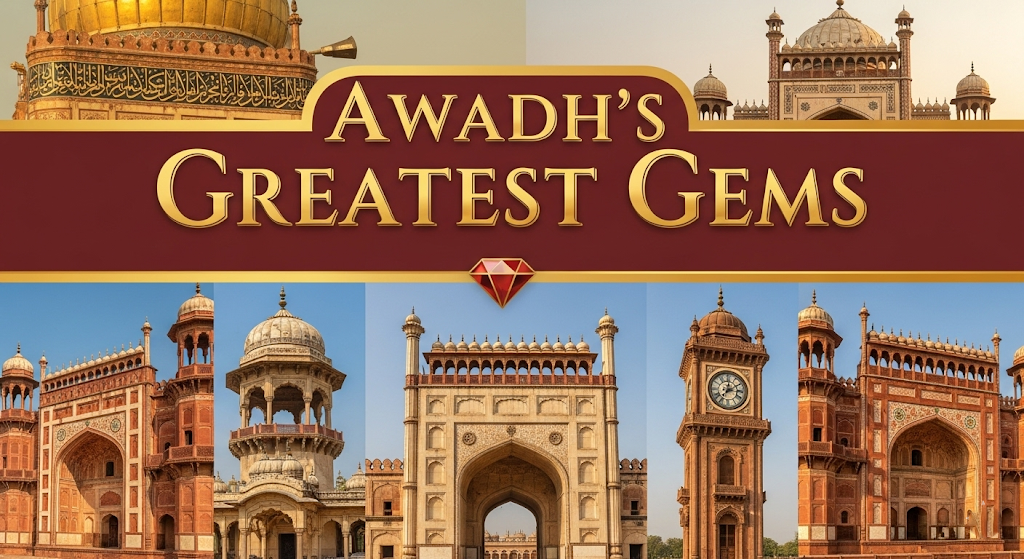
Lucknow: When Nawab Asaf-ud-Daula shifted the capital of Awadh from Faizabad to Lucknow in 1775, he transformed a modest township into a glittering capital that would come to embody India’s finest blend of culture, politics, and resilience. Over the next 250 years, Lucknow evolved through the Nawabi era, the revolt of 1857, the freedom struggle, and the modern Republic of India. Its story is inseparable from the lives of rulers, revolutionaries, poets, administrators, artists, and contemporary icons who shaped the city’s destiny.
Below is a comprehensive look at 30 remarkable figures who define Lucknow’s journey.
Nawabi Era (1775–1856): The Foundations of Culture and Power
1. Nawab Asaf-ud-Daula (1748–1797):
The architect of modern Lucknow, he made it the capital in 1775 and commissioned landmarks like the Bara Imambara and Rumi Darwaza. His court encouraged the Ganga-Jamuni tehzeeb, nurturing both Hindu and Muslim traditions.
2. Bahu Begum (1729–1815):
The powerful mother of Asaf-ud-Daula, she remained in Faizabad but influenced Awadh’s politics and patronized mosques and public works, highlighting the role of women in governance.
3. Shuja-ud-Daula (1732–1775):
His rule set the stage for Lucknow’s rise, though his defeat at the Battle of Buxar (1764) brought Awadh under growing British influence, a turning point in its destiny.
4. Saadat Ali Khan (1752–1814):
A prolific builder, he commissioned Dilkusha Palace, introducing European aesthetics alongside Mughal forms, enriching Lucknow’s architectural landscape.
5. Wajid Ali Shah (1822–1887):
The last Nawab, he was a poet, composer, and cultural innovator. He popularized kathak and thumri, introduced the secular greeting “Adaab Arz Hai,” and embodied Lucknow’s artistic spirit before his exile to Calcutta.
6. Begum Hazrat Mahal (1820–1879):
Known as “The Tigress of Awadh,” she led the 1857 revolt in Lucknow, ruling as regent for her son Birjis Qadr and briefly reclaiming the city from British control.
7. Birjis Qadr (1845–1893):
Installed as ruler during the 1857 uprising, his brief reign symbolized Awadh’s resistance to British annexation and its yearning for independence.
8. Kifayatullah:
The Delhi-based architect who designed the Bara Imambara and Rumi Darwaza, blending Persian, Mughal, and Turkish elements, gave Lucknow its enduring architectural grandeur.
9. Claude Martin (1735–1800):
A French adventurer turned Nawabi official, he built Constantia, now La Martiniere College. His European-influenced designs reshaped Lucknow’s colonial-era skyline.
10. Darab Ali Khan:
Chief advisor to Bahu Begum, he oversaw major building projects in Faizabad, ensuring that Awadh’s architectural legacy extended beyond Lucknow.
The Indian Rebellion of 1857: Defiance and Sacrifice
11. Sir Henry Lawrence (1806–1857):
The British Commissioner of Awadh, killed during the Siege of Lucknow, became a symbol of British endurance during the uprising.
12. Maulvi Ahmadullah Shah (1787–1858):
A fiery preacher and strategist, he played a key role in mobilizing Awadh’s resistance, fighting valiantly in Lucknow against colonial forces.
13. Raja Jai Lal Singh:
An ally of Begum Hazrat Mahal, he helped organize and sustain the rebellion, representing local aristocratic support for resistance.
14. Mool Chand Rastogi:
Treasurer under the Nawabs, he safeguarded Awadh’s treasures during the rebellion. His tragic suicide to protect the Bara Imambara’s treasure map epitomized sacrifice.
Freedom Struggle and Early 20th Century
15. Mahatma Gandhi (1869–1948):
In 1916, Gandhi attended the Lucknow Congress Session, where the historic Lucknow Pact was signed, uniting moderates and extremists.

16. Jawaharlal Nehru (1889–1964):
Also present at the session, Nehru’s involvement cemented Lucknow’s role as a stage for forging political unity in India’s independence struggle.
17. Mohammad Ali Jinnah (1876–1948):
As leader of the Muslim League, he signed the Lucknow Pact, a rare moment of Hindu-Muslim consensus for self-rule.
18. Annie Besant (1847–1933):
Champion of Home Rule, she facilitated the pact and made Lucknow a focal point for her political campaigns.
19. Sir Harcourt Butler (1869–1938):
Governor of the United Provinces, he laid the foundation of the Council House (Vidhan Sabha) in 1922, consolidating Lucknow’s administrative significance.
Cultural and Literary Figures
20. Abdul Halim Sharar (1860–1926):
Historian and author of Lucknow: The Last Phase of an Oriental Culture, he immortalized Nawabi traditions and preserved the memory of a fading era.
21. Mir Taqi Mir (1723–1810):
The legendary Urdu poet spent his final years in Lucknow. His ghazals enriched the city’s literary milieu and reinforced its reputation as a center of Urdu poetry.
22. Mushir Hussain Kidwai:
Scholar and reformist, he promoted education and Muslim social reforms in Lucknow, strengthening its intellectual fabric in the early 20th century.
Modern Era (Post-Independence)
23. Atal Bihari Vajpayee (1924–2018):
A three-time Prime Minister and long-time MP from Lucknow, he gave the city national prominence in democratic politics.
24. Yogi Adityanath (b. 1972):
As Chief Minister since 2017, he has driven projects like Lucknow Metro and Shaheed Path, shaping the city’s infrastructure.
25. Rajnath Singh (b. 1951):
The Union Defence Minister and MP from Lucknow, he has supported cultural initiatives like dastangoi, reinforcing Lucknow’s identity as a heritage city.
26. Shubhanshu Shukla (b. 1985):
An astronaut from Lucknow, part of the Axiom 4 mission, he represents the city’s leap into India’s space-faring future.
27. Himanshu Bajpai:
A modern dastango, his storytelling revives the oral traditions of Lucknow, bridging history with contemporary audiences.
28. Pragya Sharma:
His partner in dastangoi, she has helped bring the art form into mainstream cultural discourse, continuing Lucknow’s tradition of narrative performance.
29. Roshan Jacob:
An IAS officer, she gained prominence during the 2021 COVID-19 crisis as acting District Magistrate, ensuring healthcare management under dire conditions.
30. Shradhanand Tiwari:
A young hockey player from Lucknow, his goal in the 2021 Junior Hockey World Cup put the city on the sporting map.
From Asaf-ud-Daula’s grand monuments to Begum Hazrat Mahal’s defiance, from the 1916 Lucknow Pact to Atal Bihari Vajpayee’s statesmanship, and from Begum Akhtar’s thumri to modern dastangoi, Lucknow’s story is written through the lives of extraordinary individuals.
Over 250 years, these 30 newsmakers—rulers, rebels, reformers, poets, administrators, and modern achievers—have shaped the city’s legacy as a cultural and political capital. Together, they represent the resilience, creativity, and syncretic spirit that define Lucknow: a city where history lives in poetry, heritage breathes through monuments, and modernity continues to rise without erasing its soul.






